A greenhouse hotbed can extend your growing season – here is how to build one in 4 simple steps
Hotbeds have been used for hundreds of years to generate heat for sowing or planting earlier in the year
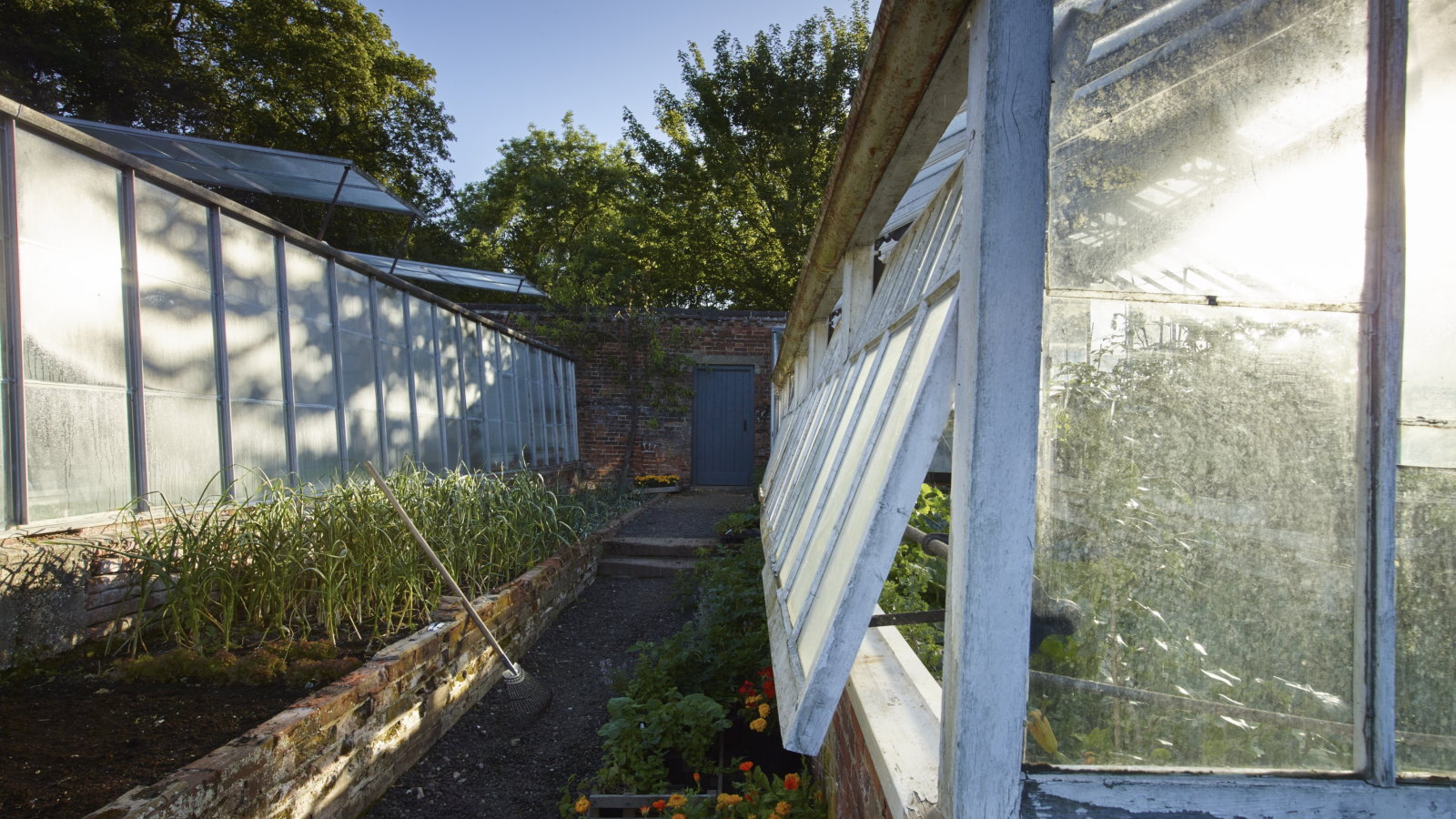

A greenhouse hotbed uses the heat from decomposition to kick-start your season in late winter when the outside temperatures are still cold. It is a historic way to create warmth and can be done in an unheated greenhouse or polytunnel to get ahead with sowing or planting.
Typically made using a frame filled with manure or straw, you can place trays of seeds above the hotbed to germinate in the warm environment. Or you can add a top layer of compost to plant early vegetables.
If you are looking for ways to heat a greenhouse in winter and make an unheated structure a more productive space during the colder months, then building a greenhouse hotbed fits the bill. To explain more, I heard from a world-renowned gardening expert to get tips for building and using a greenhouse hotbed.
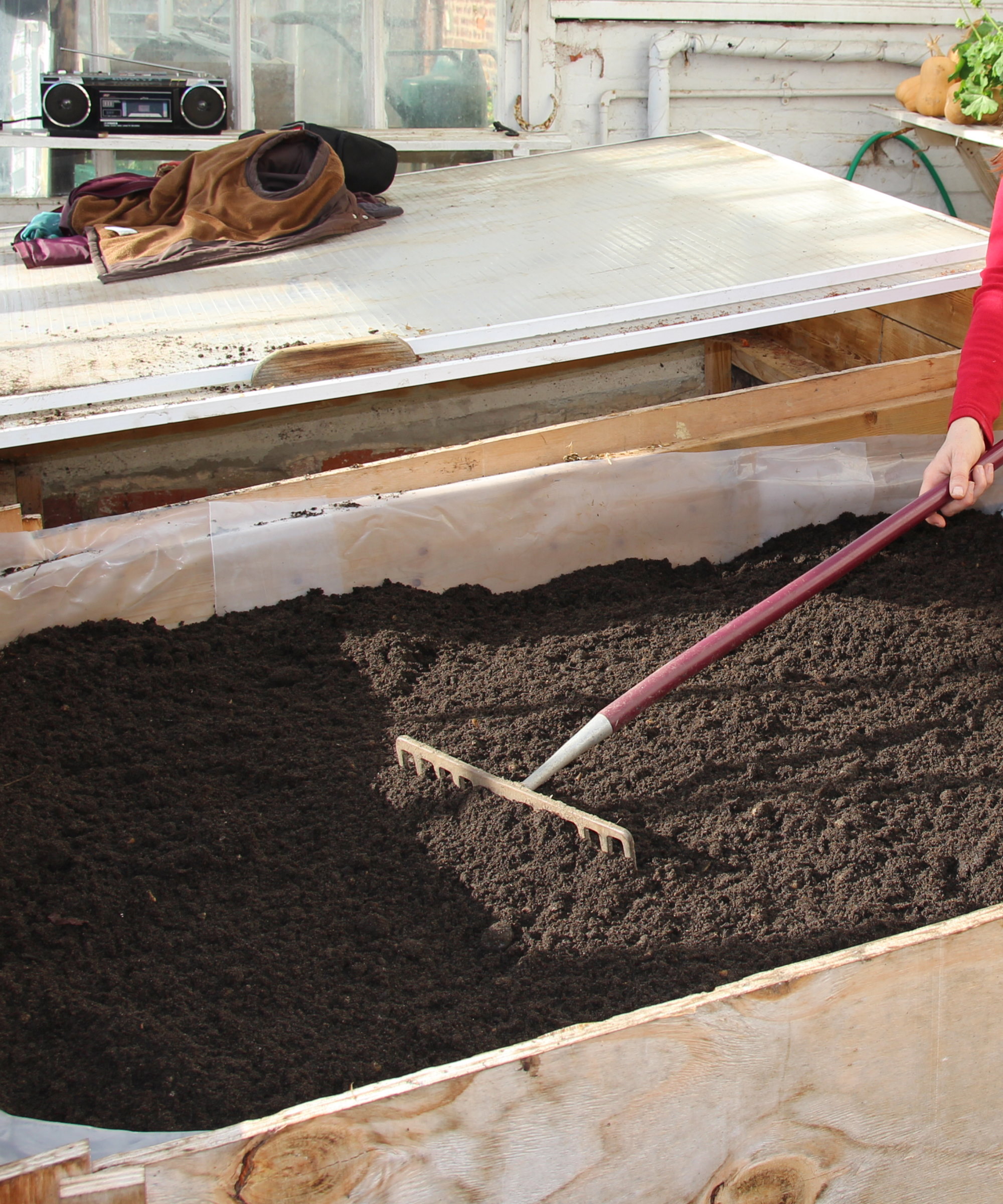
The benefits of a greenhouse hotbed
Hotbeds have been used in horticulture for centuries to grow crops earlier in the year. The natural decomposition process of rotting organic material can create temperatures of up to 140°F and hotbeds can harness that power to stay warm for several weeks.
Historically, rich households with large gardens had hotbeds to ‘show off’ and grow heat-loving crops in colder climates. But they offer so much more than being a way to flaunt wealth, hotbeds remain popular and offer practical uses to modern-day gardeners.
The benefit of building a greenhouse hotbed is that it extends the growing season and creates opportunities for earlier crops. You can plant sooner than waiting for the soil temperature to rise outdoors and start vegetable seeds indoors earlier than you normally can in an unheated greenhouse.
How to make a greenhouse hotbed in 4 simple steps
Whether you want a greenhouse hotbed for planting vegetables or to be able to sow seeds indoors earlier, they can be built quickly and easily. There are choices for materials and you can start using them within a week of construction.
1. Make a frame
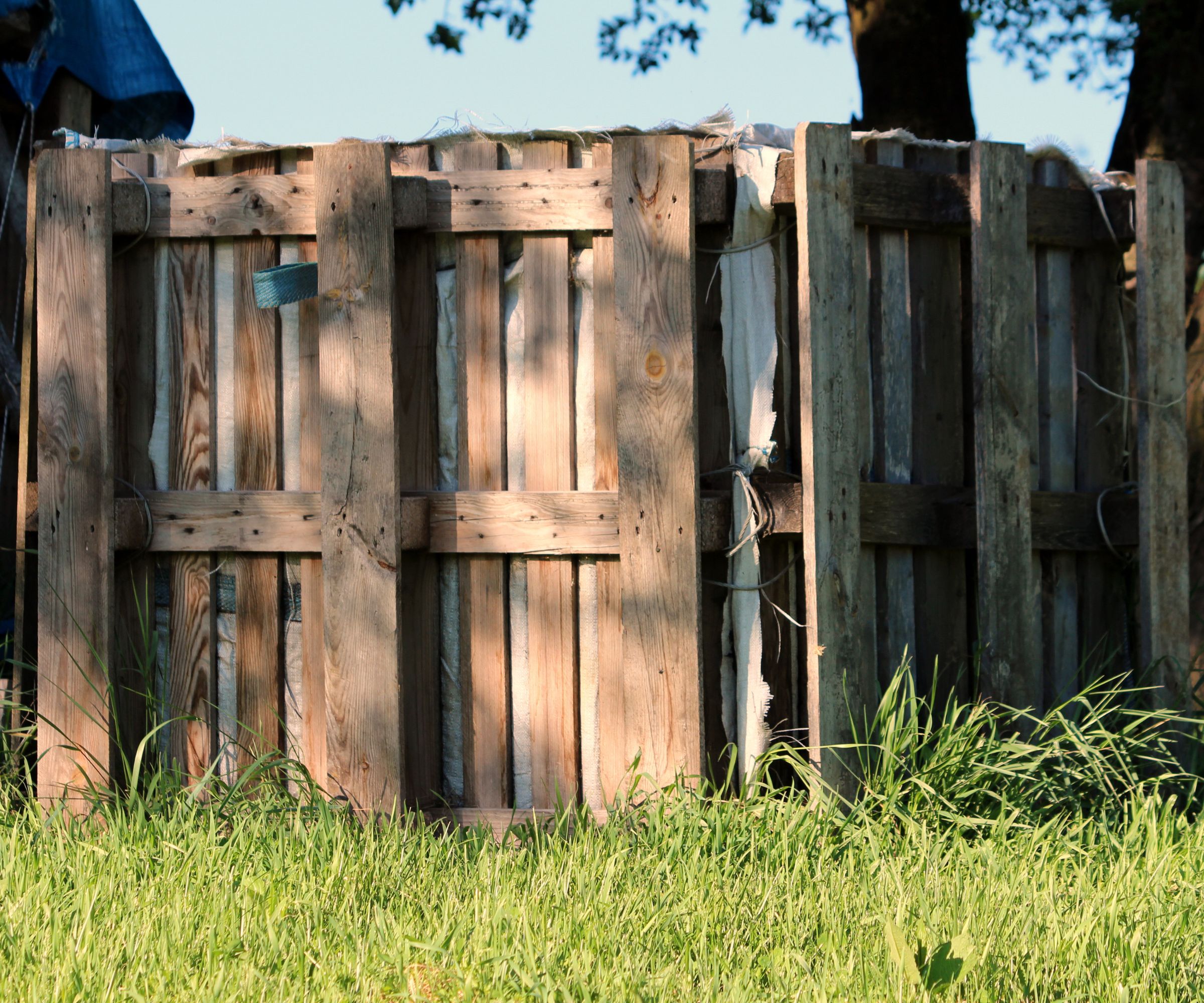
The greenhouse hotbed should be enclosed in a solid frame to hold heat efficiently. Raised beds in the greenhouse or polytunnel can be easily converted into greenhouse hotbeds. Otherwise, you will need to construct a frame for the hotbed. The frame can be made of wood, brick, or stone, or less permanent solutions include using straw bales or old pallets to make the sides.
Hotbeds want to be at least 2-3 feet tall and wide, deep and tall beds will retain heat longer than wide and shallow ones and smaller hotbeds will not stay warm as long as larger ones.
Charles Dowding, an internationally renowned no-dig gardening expert and a long-term user of hotbeds in his garden at Homeacres, chooses to make his hotbeds over four feet tall.
As for preferable materials for a hotbed frame, he says: ‘I find it best to enclose the ingredients with solid wood so that heat is retained.’ He adds that, when using pallets or more permeable materials, it is best to line them with cardboard to ‘hold in the warmth’.
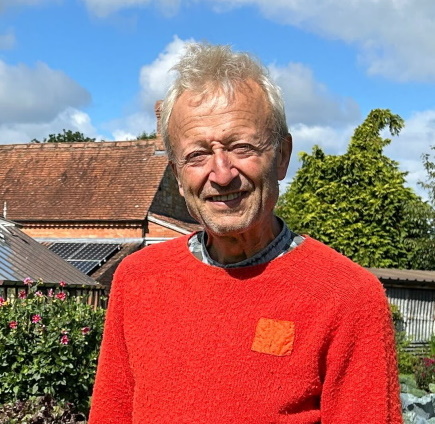
Charles Dowding is the leading proponent of no dig gardening. Not only does he have a huge following, but his advice is born out of more than 40 years of growing, analysing, comparing and recommending. He has been growing veg since 1981, having gardened in four different locations and grown hundreds of thousands of crops.
2. Fill with fresh materials
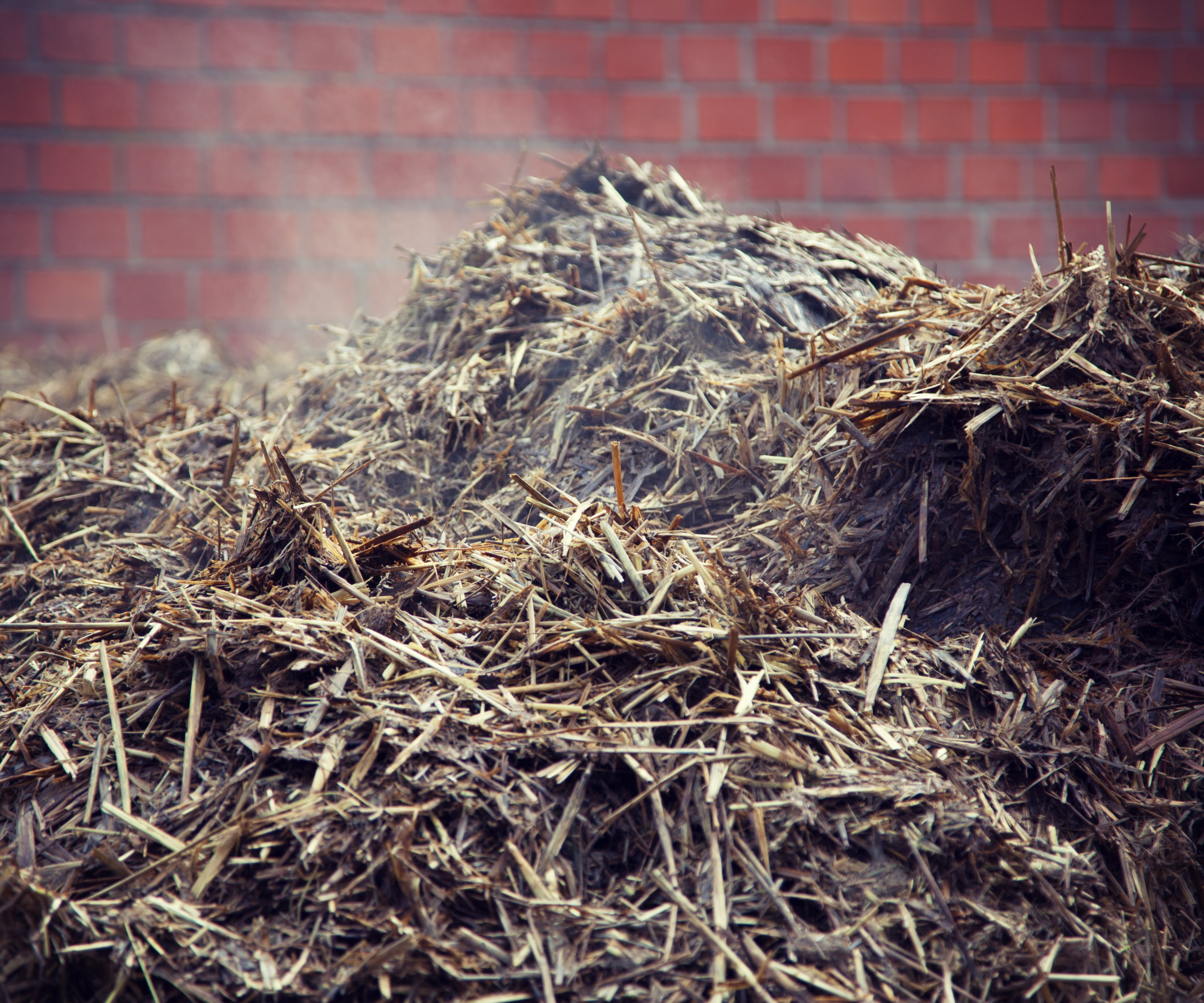
The next step is to fill your greenhouse hotbed frame with lots of fresh materials to create all that warmth as it breaks down. The best material to use is fresh horse manure, which can be sourced from local stables. Fresh manure can reach temperatures of 90-140°F as it breaks down and can stay warm for several weeks.
‘You need a sufficient volume of fresh materials, at least a cubic meter,’ says Charles Dowding. ‘Fresh materials in February and March are mostly horse manure because there is not much grass available which is the other main source of heat, for a garden context.’
‘Grass clippings can serve very well because they heat rapidly. However, the season we need hotbeds is very early in the season, even in late winter when there is no grass available. So fresh horse manure is the best source of heat because it’s digested grass, or hay, which amounts to the same thing.’
Fresh manure is vital for hotbed gardening, and the fresher the better. Elsewhere in the garden, any manure must be well-rotted before being used. However, in hotbed gardening, you want fresh animal manure.
An alternative to horse manure is other animal manure, such as cow, sheep, or chicken, or you can use straw.
3. Level and let it cook
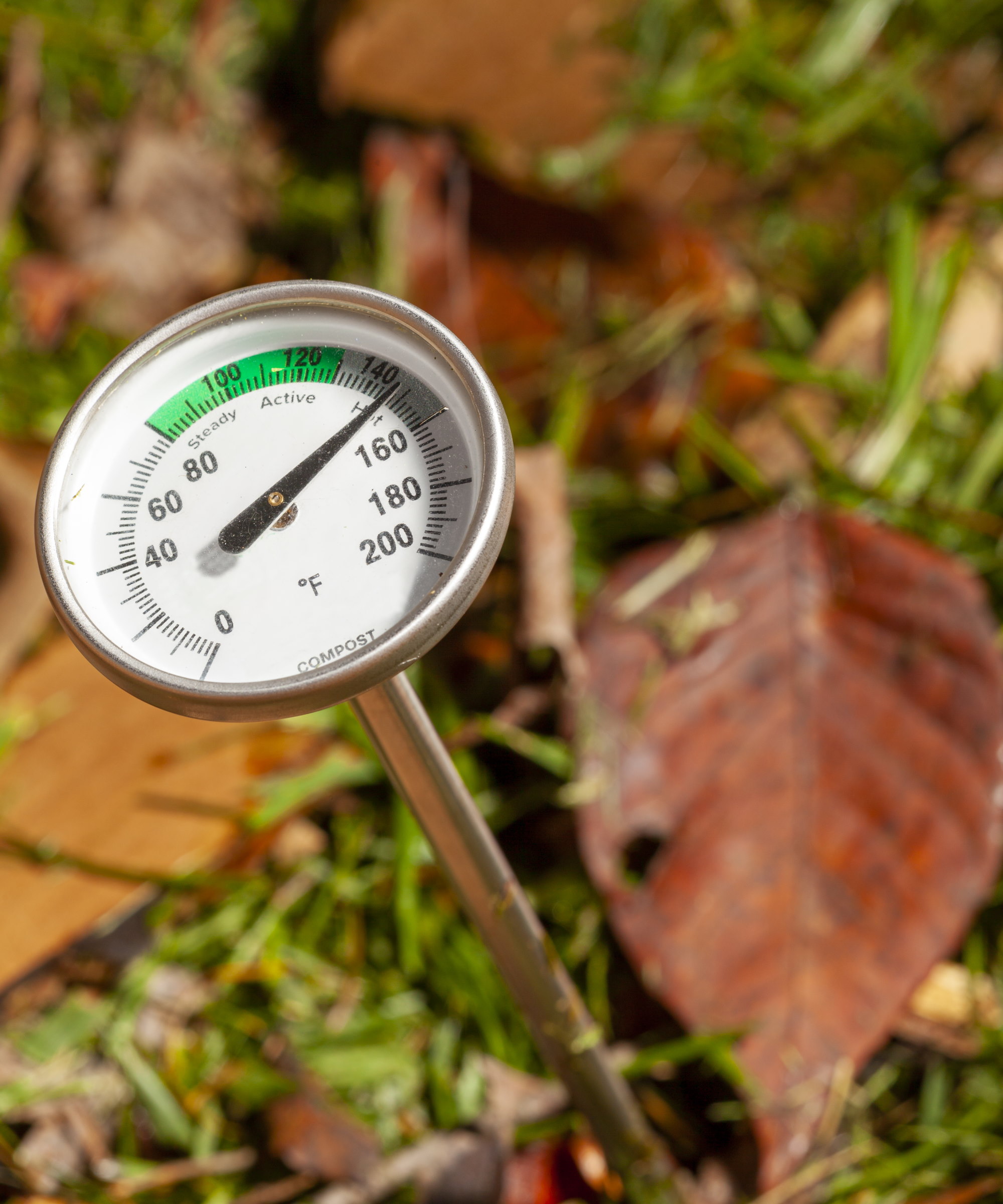
You want to give the greenhouse hotbed time to cook and for the heat to come through. Add the fresh materials evenly and firmly level it down to compress the pile, but do not compress it too much as the pile’s height will naturally drop and settle as it starts breaking down.
Cover the pile with a sheet, or some landscape fabric, and wait around a week for the rotting process to start and the heat to develop. Check the temperature with a soil thermometer and the hotbed is ready to use when it sits around 75-85°F.
The temperature has to reach a sufficient level for raising seedlings and be safe for small plants. Putting trays of seedlings on top of the bed too soon can harm them, as Charles Dowding warns: ‘Watch out for ammonia gases, which can singe leaves.' The ammonia released from the manure over the first 5-7 days could kill young seedlings, however, it will not affect seeds.
Trays of seeds can be placed directly onto the surface of the greenhouse hotbed to revel in the warmth of the decomposing material beneath. Covering the trays with frost cloth or cloches overnight can trap the heat at night and ensure the temperature remains above the minimum temperature for seedlings.
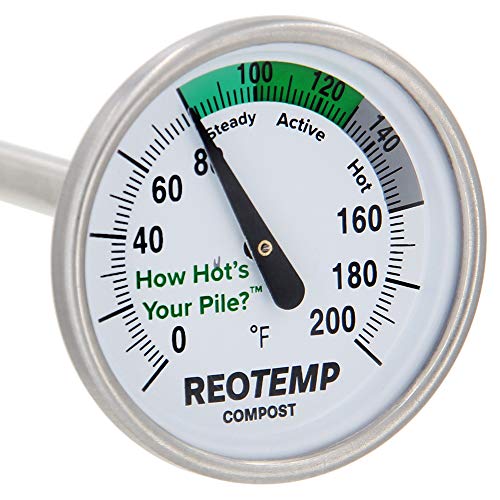
An easy-to-use compost thermometer with a 20-inch length, 1/4" diameter stem to give an accurate reading for the temperature inside your greenhouse hotbed. The hermetically sealed dial won't fog up and prevent you from reading the result.
4. Top the bed for planting
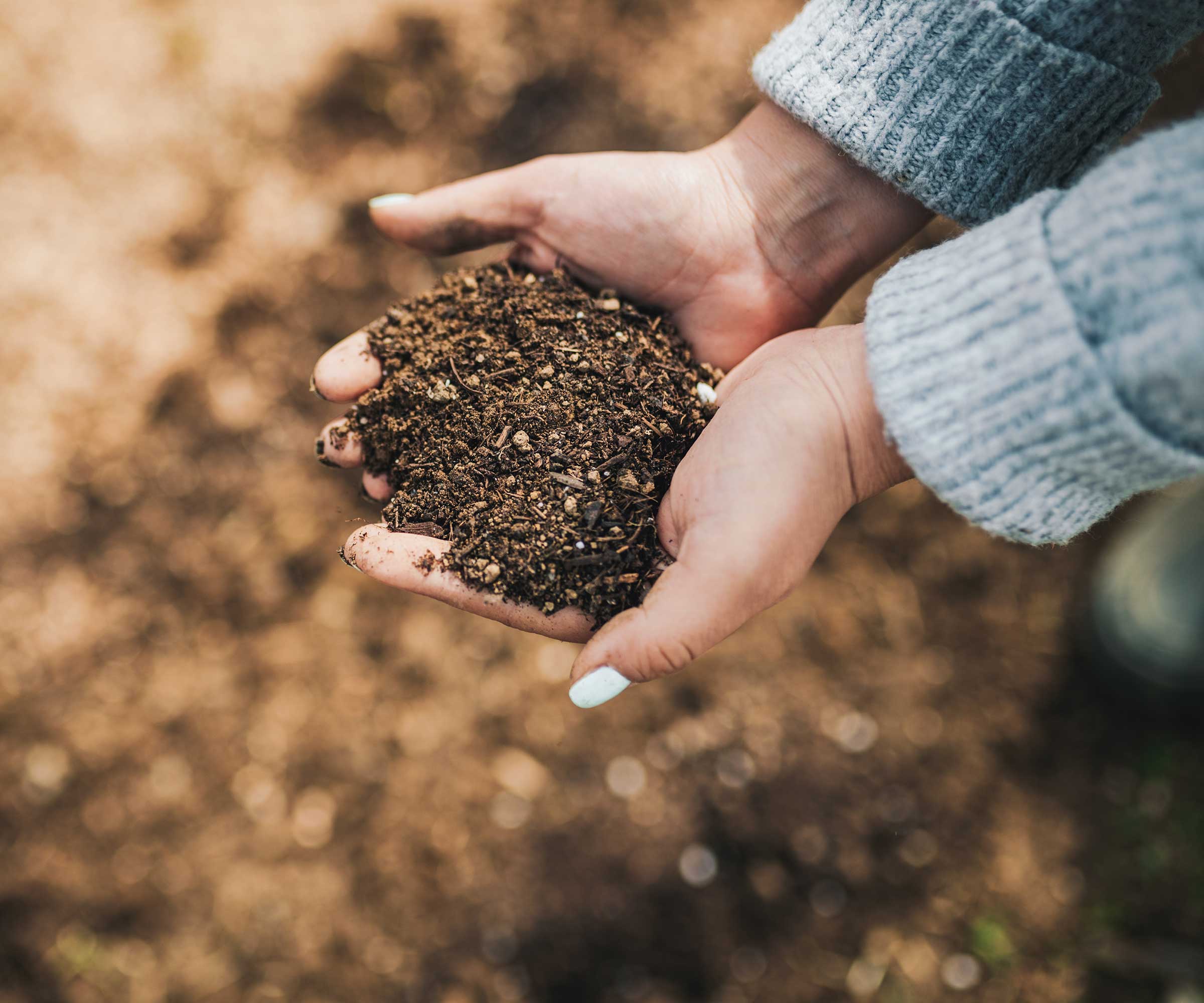
If your greenhouse hotbed is for planting, as opposed to plant raising, it needs to be topped with compost. The ideal ratio of organic matter to growing medium in the hotbed is 3:1. ‘You can sow or transplant straightaway because there will not be too much heat at the root level,’ says Charles Dowding.
It would be a mistake to plant directly into the organic matter, as the fresh manure produces ammonia that can kill the roots if you transplant seedlings without the planting layer of compost.
Cold-season crops such as beets, carrots, lettuce, spinach, or radishes can be planted directly into the hotbed for earlier harvests.
FAQs
Can I make a hotbed for plants outdoors?
Hotbeds do not always have to be inside a greenhouse. They can be made outdoors by digging a hole at least 2-3 feet deep and filling it with horse manure topped with a planting layer of compost.
Gardening expert Charles Dowding does warn: ‘If your hotbed is outside, it needs some kind of cloche device on top to protect the surface from wind. Otherwise, all the warmth is blown away.’ The best way to retain that heat is to place a cold frame on the top of the hotbed. If you have cold frames 2-3 feet high, they can be converted into hotbeds without the need to dig a deep hole.
Once the greenhouse hotbed has run out of warmth, the spent materials can be put to another use elsewhere in a vegetable garden. Spread the spent manure around beds as mulch to smother weeds and boost soil health and fertility.
Sign up to the Homes & Gardens newsletter
Design expertise in your inbox – from inspiring decorating ideas and beautiful celebrity homes to practical gardening advice and shopping round-ups.

Drew’s passion for gardening started with growing vegetables and salad in raised beds in a small urban terrace garden. He has worked as a professional gardener in historic gardens and specialises in growing vegetables, fruit, herbs, and cut flowers as a kitchen gardener. That passion for growing extends to being an allotmenteer, garden blogger, and producing how-to gardening guides for websites. Drew was shortlisted for the New Talent of the Year award at the 2023 Garden Media Guild Awards.
You must confirm your public display name before commenting
Please logout and then login again, you will then be prompted to enter your display name.
-
 The instinct-based Toddler Decluttering Method will reduce clutter by half in seconds – and it's not for children
The instinct-based Toddler Decluttering Method will reduce clutter by half in seconds – and it's not for childrenIt's a simple but effective method to cull clutter quickly in your home
By Ciéra Cree
-
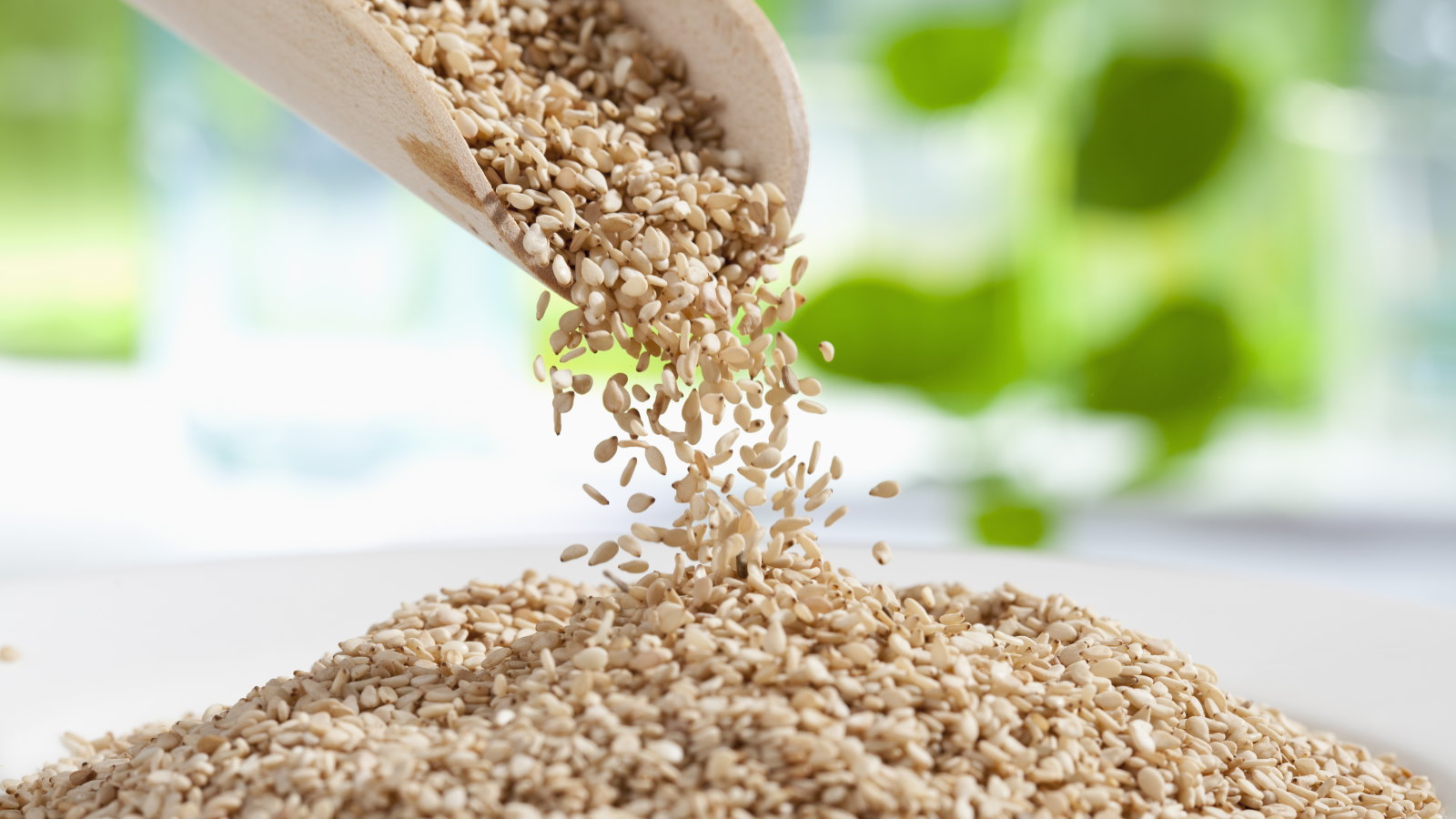 How to grow sesame plants and harvest nutrient-rich seeds for snacking, cooking, or baking
How to grow sesame plants and harvest nutrient-rich seeds for snacking, cooking, or bakingSesame plants are easy to grow, provided you have a warm climate
By Drew Swainston